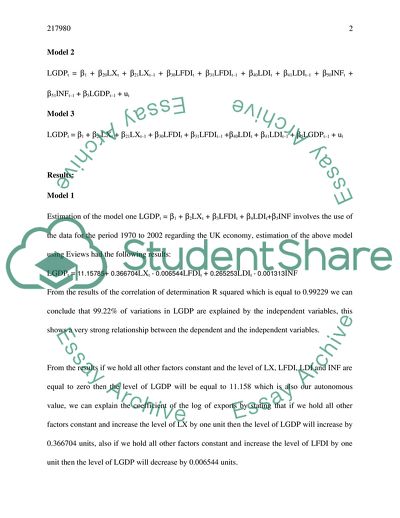Cite this document
(Models Used in Analysis of Gross Domestic Production Research Paper, n.d.)
Models Used in Analysis of Gross Domestic Production Research Paper. Retrieved from https://studentshare.org/macro-microeconomics/1713227-economic-statistics-applied-statistical-methods
Models Used in Analysis of Gross Domestic Production Research Paper. Retrieved from https://studentshare.org/macro-microeconomics/1713227-economic-statistics-applied-statistical-methods
(Models Used in Analysis of Gross Domestic Production Research Paper)
Models Used in Analysis of Gross Domestic Production Research Paper. https://studentshare.org/macro-microeconomics/1713227-economic-statistics-applied-statistical-methods.
Models Used in Analysis of Gross Domestic Production Research Paper. https://studentshare.org/macro-microeconomics/1713227-economic-statistics-applied-statistical-methods.
“Models Used in Analysis of Gross Domestic Production Research Paper”, n.d. https://studentshare.org/macro-microeconomics/1713227-economic-statistics-applied-statistical-methods.


